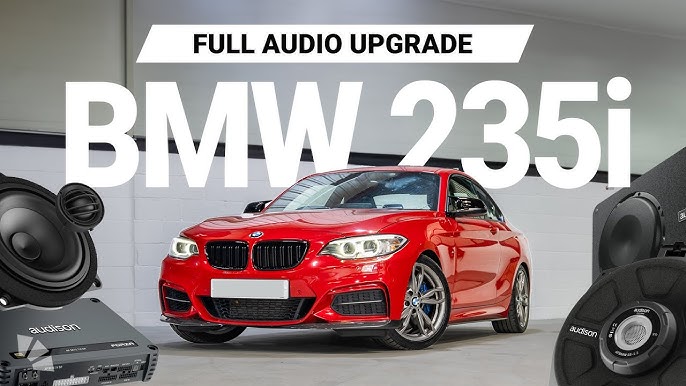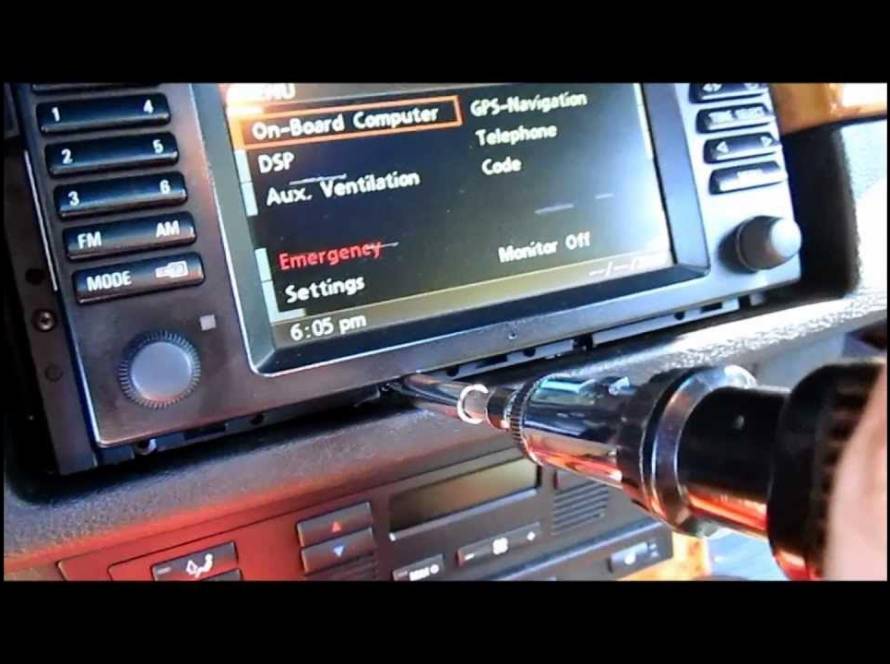The BMW X5 stands as one of the most influential luxury SUVs ever created, fundamentally reshaping the automotive landscape when it debuted in 1999. As BMW’s first foray into the SUV market, the X5 introduced the world to the concept of a “Sports Activity Vehicle” (SAV), combining the commanding presence and utility of an SUV with the dynamic driving characteristics that BMW enthusiasts had come to expect from the Bavarian automaker.

Over the past 25 years, the BMW X5 has evolved through four distinct generations, each building upon the success of its predecessor while incorporating cutting-edge technology, refined design, and enhanced performance capabilities. From the pioneering E53 that established the blueprint for luxury performance SUVs to the current G05 generation that showcases BMW’s latest innovations in electrification and autonomous driving technology, the X5 has consistently remained at the forefront of automotive excellence.
This comprehensive guide explores every generation of the BMW X5, providing detailed insights into their specifications, unique characteristics, investment potential, and maintenance considerations. Whether you’re a current X5 owner, prospective buyer, or simply an automotive enthusiast, this deep dive into the X5’s rich heritage will provide valuable insights into what makes this vehicle series so exceptional.
BMW X5 Generations Overview

E53 (1999-2006) – The Pioneer
- BMW’s first SUV
- Unibody construction
- 3.0L I6, 4.4L V8, 4.8L V8 engines
- Manual transmission available
- Air suspension option
E70 (2007-2013) – Refinement
- Larger dimensions
- iDrive system standard
- Third row seating option
- X5 M performance variant
- Turbocharged engines (2011+)
F15 (2014-2018) – Efficiency
- Weight reduction
- xDrive40e plug-in hybrid
- 8-speed automatic transmission
- Advanced driver assistance
- Improved fuel economy
G05 (2019-Present) – Modern Era
- CLAR platform
- xDrive45e advanced hybrid
- 48V mild hybrid systems
- Semi-autonomous driving
- Largest kidney grilles
First Generation (E53): The Pioneer (1999-2006)

The E53 generation BMW X5 represents one of the most significant automotive debuts of the late 20th century. Launched for the 2000 model year, this groundbreaking vehicle established BMW as a serious player in the SUV market while simultaneously redefining what consumers could expect from a luxury utility vehicle.
The E53’s design was a masterclass in balancing form and function. Chief Designer Chris Bangle and his team created a vehicle that was unmistakably BMW while incorporating the practical elements necessary for SUV functionality. From an engineering perspective, the E53 was revolutionary in its use of unibody construction, providing superior torsional rigidity compared to traditional body-on-frame SUVs.
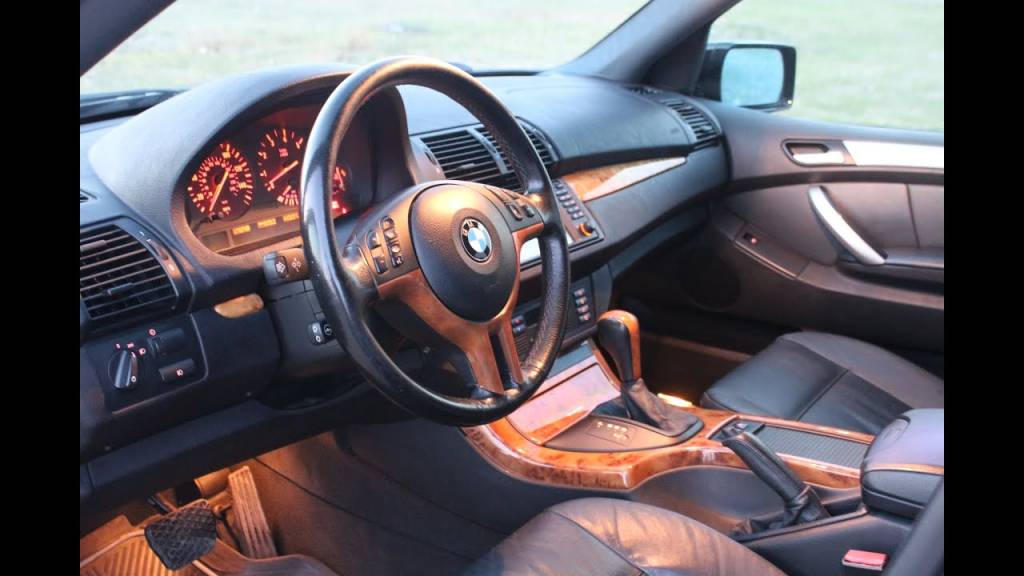
E53 Key Specifications
Production Years: 1999-2006
Engines: 3.0L M54 I6 (225hp), 4.4L M62 V8 (282hp), 4.8L N62 V8 (355hp)
Transmissions: 5/6-speed automatic, 6-speed manual
Notable Features: First BMW SUV, air suspension, all-wheel drive standard
| Model | Years | Engine/Power | Transmission | Tow Capacity |
|---|---|---|---|---|
| 3.0i | 2000-2006 | M54 3.0L I6, 225hp/215 lb-ft | 5/6-Spd Auto, 6-Spd Manual | 6000lbs |
| 4.4i | 2000-2006 | M62/N62 4.4L V8, 282-315hp | 5/6-Spd Auto | 6000lbs |
| 4.8is | 2004-2006 | N62 4.8L V8, 355hp/360 lb-ft | 6-Spd Auto | 6000lbs |
Second Generation (E70): Refinement and Evolution (2007-2013)
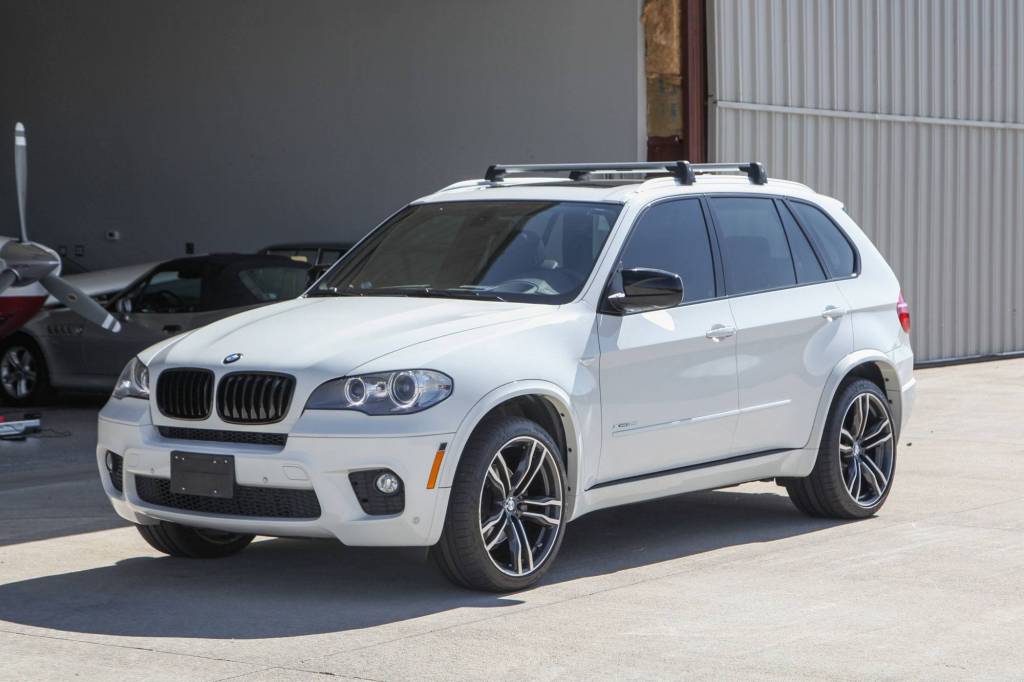
The second-generation BMW X5, internally designated E70, represented a comprehensive evolution of the original concept. Launched for the 2007 model year, the E70 addressed many of the limitations of its predecessor while introducing significant technological advances and design improvements.
The E70 was significantly larger than its predecessor, with the wheelbase growing by 4.5 inches and overall length increasing by 7.4 inches. Despite its increased size, the E70 maintained the athletic proportions that made the original X5 so visually appealing.
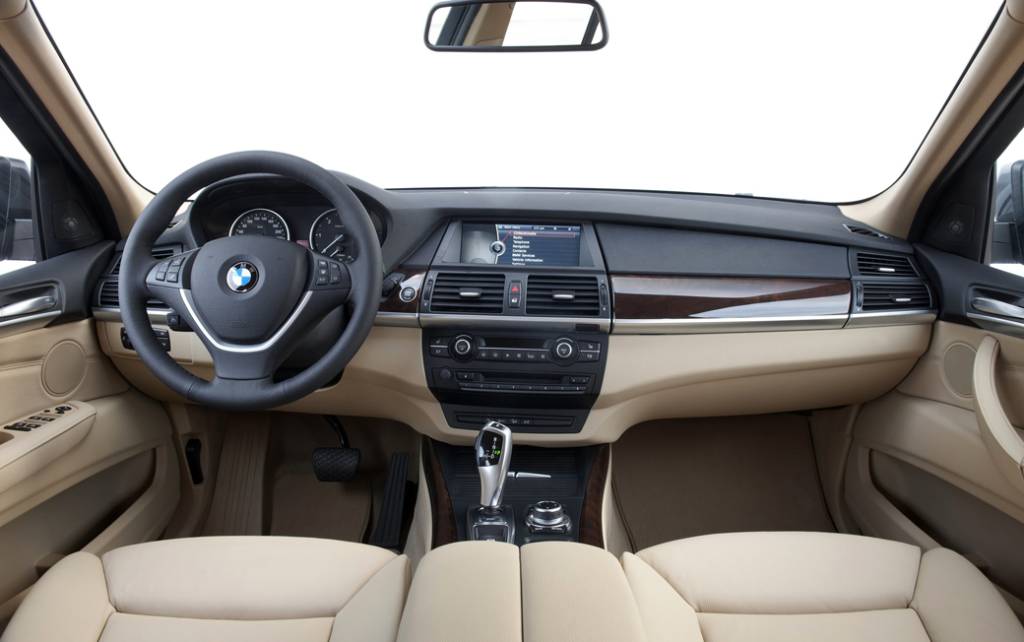
E70 Revolutionary Features
iDrive System: First comprehensive integration in BMW SUV
X5 M Debut: 555hp twin-turbo V8 performance variant
Third Row Seating: Seven-passenger capability
Advanced Suspension: Double-wishbone front, adaptive systems
Third Generation (F15): Efficiency Meets Performance (2014-2018)
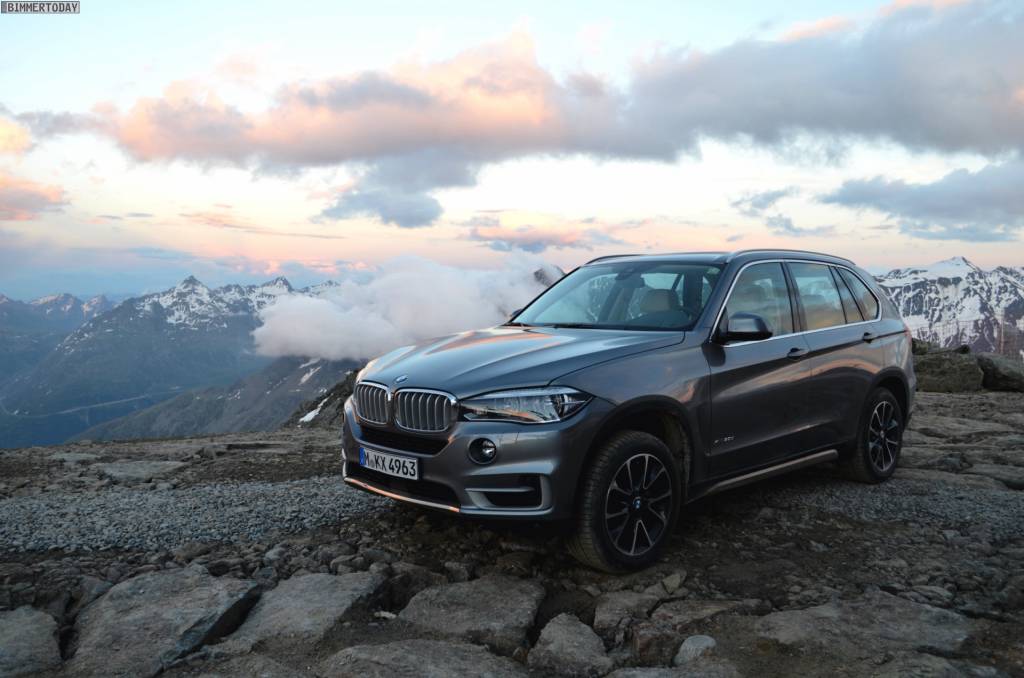
The third-generation BMW X5, designated F15, arrived for the 2014 model year during a period of significant change in the automotive industry. BMW’s response was to create an X5 that maintained the performance and luxury characteristics while significantly improving efficiency and incorporating cutting-edge technology.
One of the F15’s most significant achievements was its weight reduction compared to the E70, despite incorporating additional technology and safety features. BMW’s engineers employed extensive use of aluminum in the body structure, reducing overall vehicle weight by approximately 90 pounds.

F15 Efficiency Innovations
xDrive40e Hybrid: First plug-in hybrid X5 with 14 miles electric range
Weight Reduction: 90 pounds lighter despite more features
EfficientDynamics: Comprehensive efficiency technologies
8-Speed Transmission: Improved fuel economy and performance
Fourth Generation (G05): The Modern Era (2019-Present)
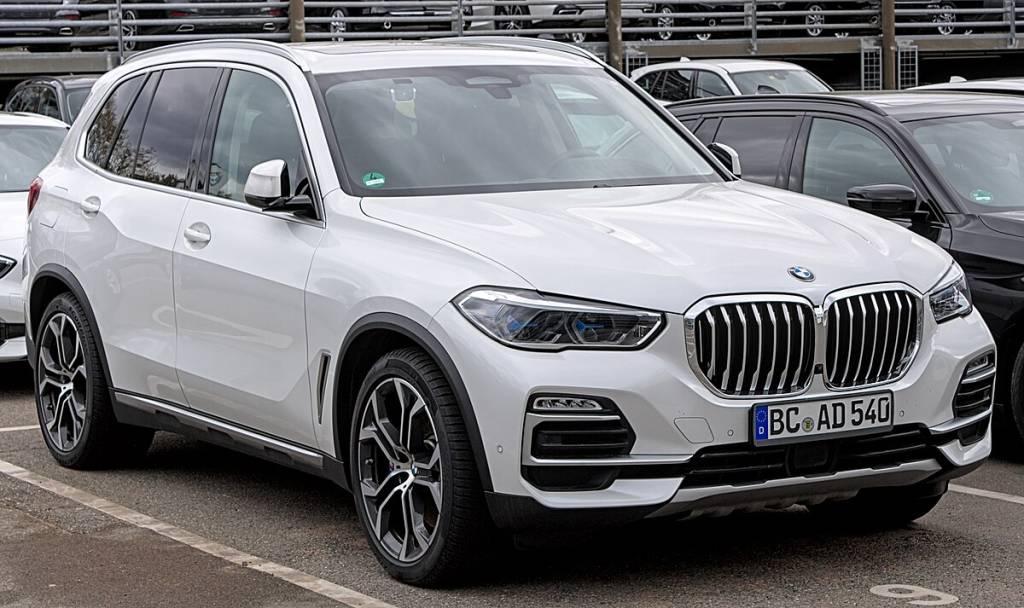
The fourth-generation BMW X5, internally designated G05, represents the culmination of 20 years of SUV development experience combined with BMW’s latest technological innovations. Launched for the 2019 model year, the G05 introduced BMW’s new CLAR (Cluster Architecture) platform, which serves as the foundation for numerous future BMW models.
The G05’s exterior design represents a bold evolution of the X5’s visual identity, incorporating BMW’s latest design language while maintaining the athletic proportions that have defined the model since its inception. The most immediately noticeable change is the significantly larger kidney grilles, which serve both aesthetic and functional purposes.

G05 Advanced Technologies
xDrive45e PHEV: 31 miles electric range, 389hp combined
CLAR Platform: Modular architecture for future flexibility
48V Mild Hybrid: Enhanced efficiency across the range
Semi-Autonomous: Advanced driver assistance systems
Investment Potential: Why the BMW X5 Makes Financial Sense
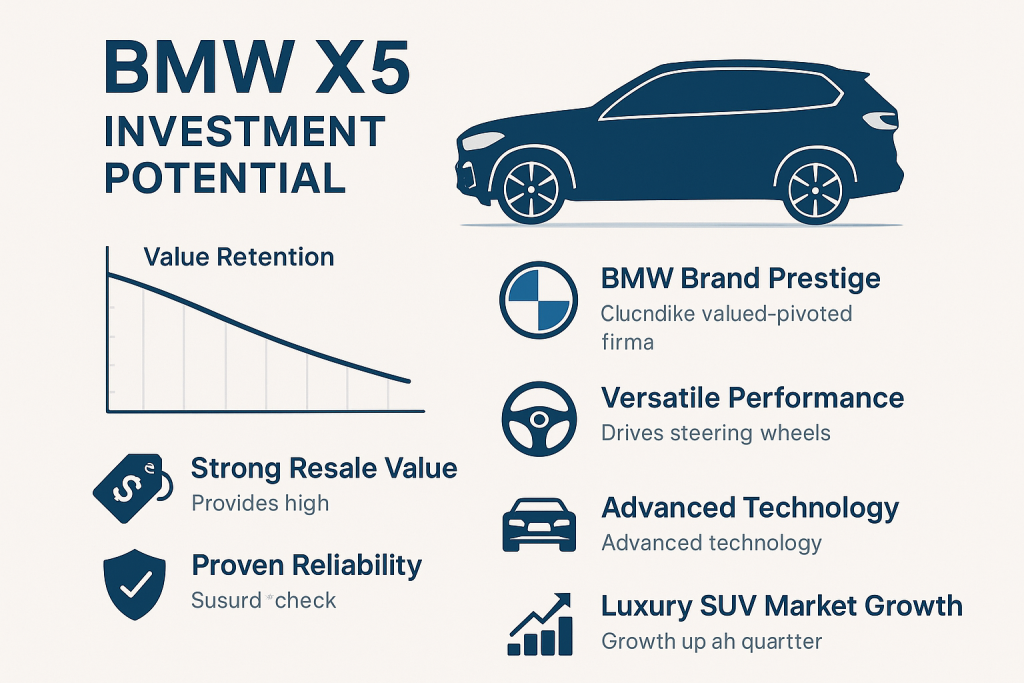
The BMW X5 has consistently demonstrated strong investment potential throughout its 25-year history, making it an attractive choice for buyers who view their vehicle purchase as both a lifestyle decision and a financial investment. Industry data shows that X5 models typically retain 55-65% of their original value after three years and 40-50% after five years.
Several key factors contribute to the BMW X5’s exceptional value retention characteristics. Brand prestige plays a significant role, as BMW’s reputation for engineering excellence creates strong demand in both new and used car markets. The X5’s position as the original luxury performance SUV also provides historical significance that resonates with collectors and enthusiasts.
Investment Highlights
Strong Resale Values: 55-65% retention after 3 years
Brand Prestige: BMW’s reputation drives demand
Historical Significance: Original luxury performance SUV
Collector Interest: Growing appreciation for early models
Maintenance, Repair, and Workshop Manual Resources
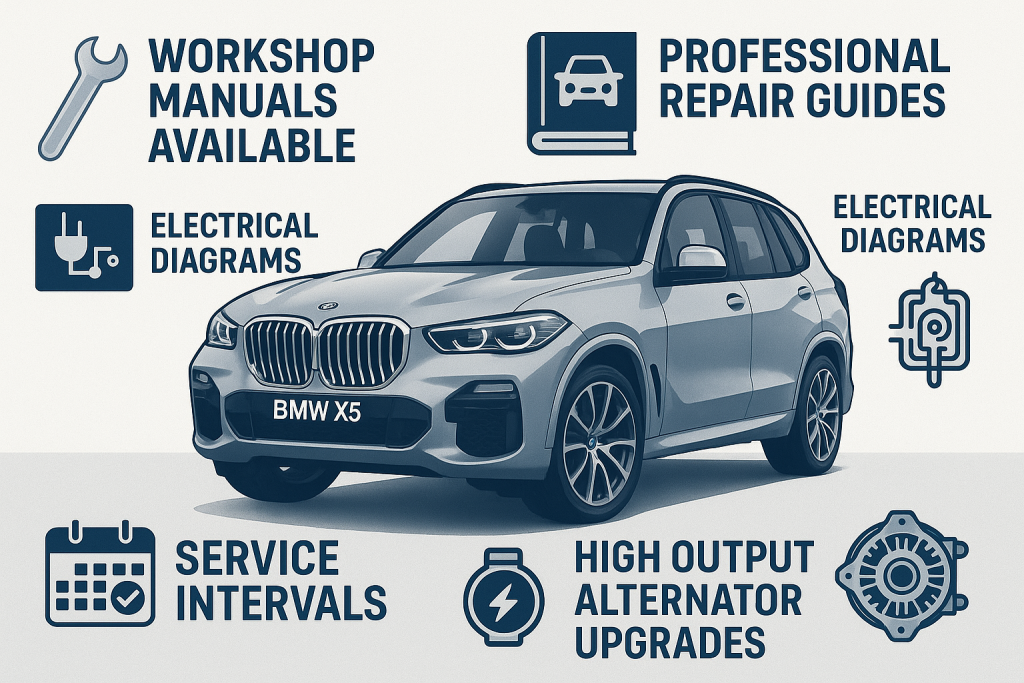
Proper maintenance and repair are essential for maximizing the performance, reliability, and longevity of any BMW X5, regardless of generation. Professional workshop manuals are essential resources for anyone performing maintenance or repairs on BMW X5 vehicles.
Workshop Manual Links by Generation
E53 Generation (2000-2006):
BMW X5 E53 Workshop and Service Manual 2000-2006
Comprehensive coverage of all systems including M54 I6, M62 V8, and M57 diesel engines.
E70 Generation (2007-2013):
BMW X5 E70 Workshop and Service Manual 2007-2013
Covers iDrive system, advanced suspension, and all E70 powertrains.
F15 Generation (2014-2018):
BMW X5 F15 Workshop and Service Manual 2014-2018
Includes hybrid xDrive40e system maintenance and advanced electronics.
G05 Generation (2019-Present):
BMW X5 G05 Workshop and Service Manual 2019-2024 PDF
Latest service procedures for CLAR platform and xDrive45e plug-in hybrid.
Performance Variants:
BMW X5 M Workshop and Service Manual 2010-2013 (E70 X5M)
BMW X5 M Workshop and Service Manual 2015-2018 (F85 X5M)
Comprehensive Coverage:
BMW X5 Workshop and Service Manual 2000-2018
Complete coverage of E53, E70, and F15 generations in one package.
High Output Alternator Upgrades
For BMW X5 owners who have upgraded sound systems, additional lighting, or other high-power accessories, High Output Alternator provides custom-built solutions that prevent voltage drops and ensure reliable electrical system performance.
Benefits: Superior amperage output, precision fit, easy installation, built for durability
Applications: All X5 generations, custom configurations available
Trusted by: Over 5,000 satisfied customers worldwide
Conclusion: The Enduring Appeal of BMW’s Sports Activity Vehicle
The BMW X5’s journey from revolutionary concept to established luxury SUV benchmark represents one of the most successful automotive stories of the past quarter-century. Through four distinct generations, the X5 has consistently evolved while maintaining the core characteristics that made it special: exceptional driving dynamics, luxurious appointments, and innovative technology integration.
Whether you’re drawn to the historical significance of an E53, the refined performance of an E70, the efficiency focus of an F15, or the cutting-edge technology of a G05, the BMW X5 offers something for every luxury SUV enthusiast. Its combination of performance, luxury, practicality, and investment potential continues to set the standard for what a premium SUV should be.
For maintenance and technical support, consult the appropriate workshop manuals from WorkshopManuals.com, and consider High Output Alternator for electrical system upgrades that enhance your X5’s capabilities while maintaining its sophisticated character.
This comprehensive guide represents the collective knowledge and expertise of automotive professionals and BMW specialists. For the most current information about specific models and maintenance requirements, always consult official BMW documentation and qualified service providers.

